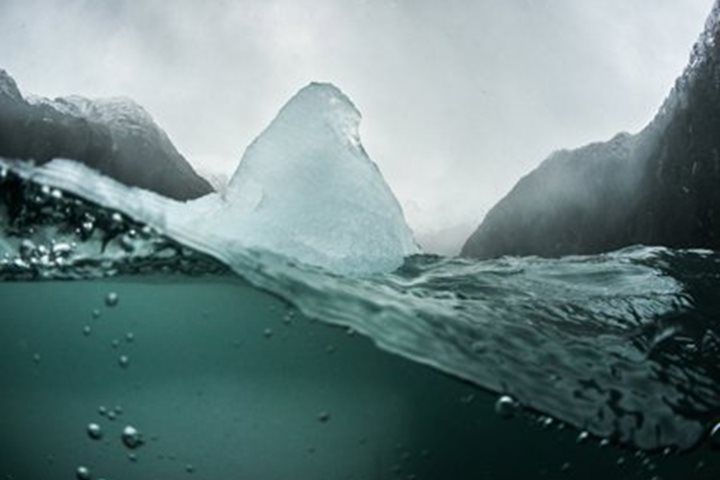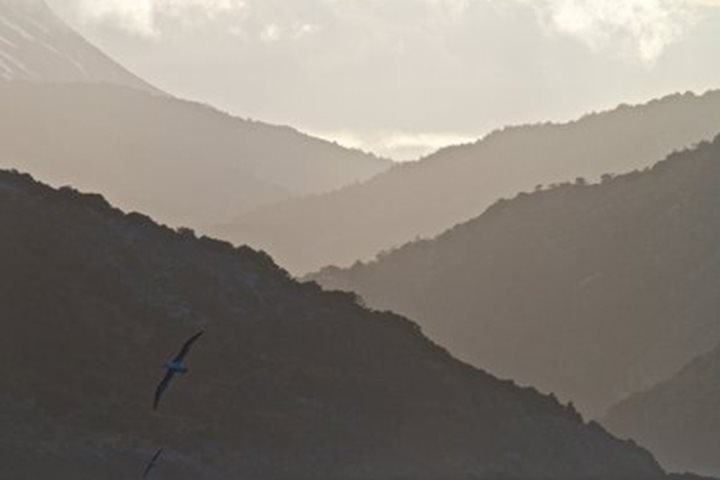A full day at sea today as we run along the coast of Argentina from Bahia Blanca to Puerto Madryn. We awoke to calm seas, brilliant sunshine and perfect visibility bringing the promise of good natural history opportunities which were rapidly fulfilled.
We are at the southern end of one of the most remarkable seabird migrations of the Atlantic, with rafts of Manx shearwaters visible and regular sightings of its distinctively economical, shearing flight over the surface of the ocean. After wintering here off the coast of Argentina these birds migrate to small islands off the Welsh coast, arriving there in April to breed in small burrows. They wait for cloudy night conditions with minimal moonlight so that they can make their ungainly entrance to their burrows without falling victim to predators. Pioneering work by naturalists showed that returning birds, absent from the island for some 18 months or more, were returning to the burrows of their birth with the accuracy of a master billiard player playing a winning shot. Both parents incubate the single egg until the fledgling chick makes its first flight which ends thousands of miles south. Individual birds have been monitored and found to live for up to 50 years, clocking up a total migration mileage of up to five million miles.
Around eleven o’clock in the morning there was real excitement as an extended family group of killer whales was spotted from the bridge. We had excellent sightings: males to the port side of the bow showing their massive paddle flippers, and females with calves to starboard displaying the distinctive counter-shading of the orca, white under-parts with black on top for camouflage purposes, a pronounced dorsal fin and the individualized eye and saddle patches that have helped marine biologists track the history of individual animals over recent years. Opportunities to watch the social behavior of these intriguing creatures at sea are exceedingly rare and for many this will be a highlight of the voyage, one that is only just unfolding.









